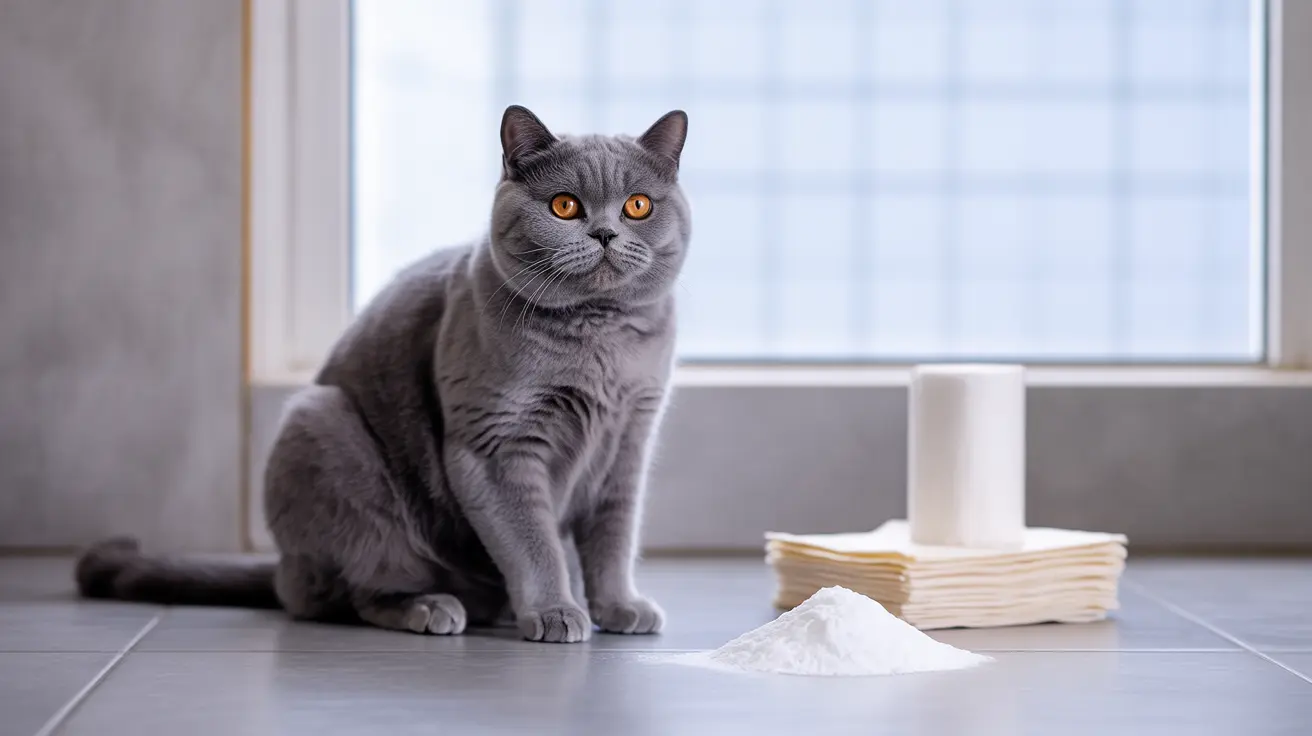Dealing with cat vomit is an inevitable part of pet ownership, but knowing the right cleaning techniques can make this unpleasant task much more manageable. Whether you're facing a hairball incident or cleaning up after your cat's upset stomach, this comprehensive guide will walk you through the most effective methods to clean cat vomit while protecting your surfaces and maintaining a fresh-smelling home.
Essential Supplies for Cleaning Cat Vomit
Before tackling any cat vomit cleanup, gather these crucial supplies:
- Disposable gloves
- Paper towels or old rags
- Baking soda
- White vinegar
- Enzyme-based cleaner
- Clean cloths for blotting
- Plastic scraper or spatula
- Spray bottle
Quick Response: The First Steps
Speed is crucial when dealing with cat vomit. The faster you act, the better chance you have of preventing permanent stains and lingering odors.
Initial Cleanup Process
Start by putting on disposable gloves and removing any solid material using paper towels or a plastic scraper. Avoid pressing down or rubbing, as this can push the mess deeper into fabrics or carpet fibers. For liquid vomit, use paper towels to blot and absorb as much as possible.
Deep Cleaning Different Surfaces
Carpet and Rugs
After removing solid material:
- Sprinkle baking soda liberally over the affected area
- Let it sit for 15-20 minutes to absorb moisture and neutralize odors
- Mix equal parts water and white vinegar in a spray bottle
- Lightly spray the solution and blot with a clean cloth
- Finish with an enzyme cleaner for deep cleaning
Hard Surfaces
For tile, wood, or laminate flooring:
- Remove all solid material
- Clean with a mixture of warm water and mild dish soap
- Disinfect the area with an appropriate cleaning solution
- Dry thoroughly to prevent water damage
Dealing with Stubborn Stains and Odors
For particularly challenging situations:
- Use an enzyme-based cleaner specifically designed for pet messes
- Apply multiple treatments if necessary
- Consider using a carpet cleaner for deep-set stains
- Keep the area well-ventilated during cleaning
Prevention and Maintenance
To minimize future incidents:
- Regular grooming to reduce hairballs
- Feed smaller portions to prevent overeating
- Keep toxic plants and materials out of reach
- Consider elevated feeding dishes to slow eating
- Monitor your cat's diet and eating habits
When to Seek Veterinary Care
While occasional vomiting is normal for cats, some situations require professional attention:
- Frequent vomiting (more than once per day)
- Blood in vomit
- Lethargy or loss of appetite
- Concurrent symptoms like diarrhea
- Changes in behavior or eating habits
Frequently Asked Questions
How can I effectively clean cat vomit from carpets without leaving stains or odors?
Use a combination of baking soda to absorb moisture, followed by a vinegar-water solution for initial cleaning. Finish with an enzyme-based cleaner to break down proteins and eliminate odors completely.
What household ingredients are safe and best for removing cat vomit smells?
Baking soda and white vinegar are the safest and most effective household ingredients. Baking soda absorbs odors naturally, while vinegar helps neutralize and disinfect the area.
How soon should I clean cat vomit to prevent permanent damage to upholstery or flooring?
Clean cat vomit as soon as possible, ideally within 15 minutes. The longer it sits, the more likely it is to cause permanent staining or damage to surfaces.
What are the main causes of cat vomiting, and when should I see a vet?
Common causes include hairballs, eating too quickly, and dietary changes. Consult a vet if vomiting is frequent, contains blood, or is accompanied by other concerning symptoms.
How can I prevent my cat from vomiting due to hairballs or eating too quickly?
Regular grooming, using hairball prevention products, feeding smaller portions, and using slow-feed bowls can help reduce vomiting incidents related to hairballs and rapid eating.






